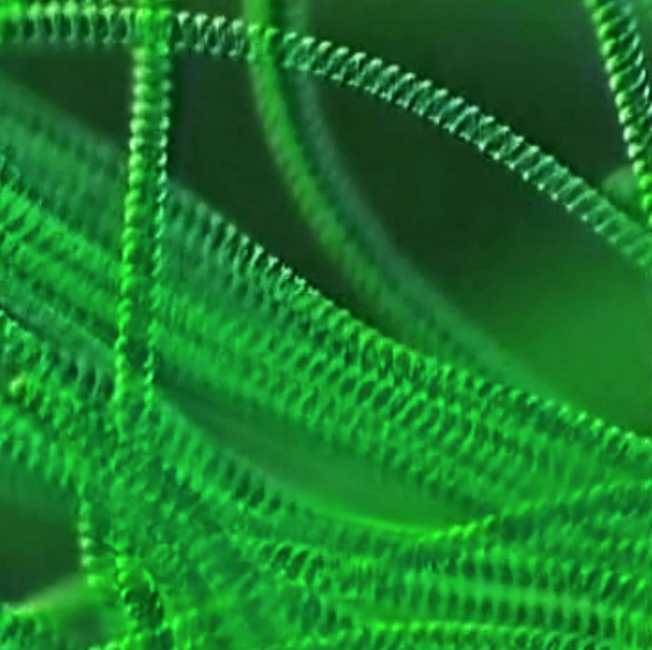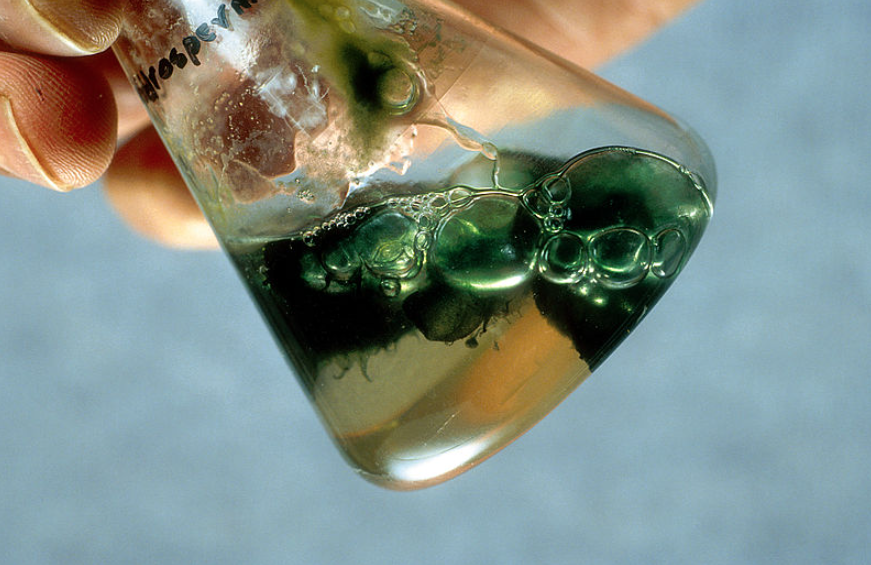The word Cyano conjures up images of nuisance “algae,” slimy, stinking bacterial sheets that plague our aquariums, smothering our plants, decor, and corals and bringing misery to reefkeepers all over the world. Cyanobacteria is a scourge, an indicator of poor water health, and a killer even in some circumstances, but for the first time ever we’re actually going to fight the case FOR this Terrabacteria, for Cyanobacteria is the most important lifeform that ever lived on Earth. Here’s why…
The background
Three billion years ago the Earth was made up of rock and water. Simple bacteria – the first life on Earth – existed in shallow rockpools at the edge of the ocean but it was trapped under a toxic orange atmosphere made up of methane and carbon dioxide. The sun did pierce through those orange skies however and cell mutations became rod-shaped cyanobacteria which for the first time ever, could capture the sun rays and store glucose. Cyanobacteria was the first thing ever to photosynthesize and make its own food, and that ability to break water into hydrogen and oxygen changed the chemistry of our world forever. It also created our atmosphere.
The cyanobacteria produced oxygen as a byproduct of photosynthesis. They didn’t need it and released it as waste bubbles into the water. For half a billion years cyanobacteria photosynthesized – the only life in the ocean – the oxygen not breaking the surface but reacting with metals dissolved in the water. Oxygen turned the iron to rust, covering the ocean floor and turning the seas red. Once the iron had been flushed from the water the oxygen could break free into the atmosphere, and for the first time in the Earth’s history, and over millions of years the atmosphere started to transform.

Oxidation
2.4 billion years ago the reactive oxygen in the atmosphere started to attack metals exposed in rocks on the land, the oxidation this time turning the land red with rust and forming huge dust clouds. But oxidation created new minerals that had never existed on earth before – oxides – with green copper oxide being a key component in complex life forms. Oxygen continued to react, stripping methane from the atmosphere as it did so, and as methane levels lowered the orange color changed from toxic orange to sky blue. Cyanobacteria had created the atmosphere.
So that’s why Cyanobacteria needs some positive recognition. Without that chance mutation that created oxygen as a waste product, there would be no complex life on Earth. No fish, no invertebrates, and absolutely no life on land bar some simple extremophile bacteria.
We owe cyanobacteria a lot, and hopefully, when we look into its beginnings it sheds some light on how it can seemingly appear from nothing and is so difficult to eradicate. Cyanobacteria was born on a planet devoid of any oxygen, three billion years ago, under an orange methane sky. Do you think an aquarium containing cyanobacteria is unnatural? Or not representative of the balance of nature? Do you think a bottle of chemicals can kill it?
Cyanobacteria is arguably one of the most natural things on Earth, so the next time you see the first sign of it in a tank that’s cycling, it’s not the ugly phase, it’s the beautiful stage, a genesis, and the first visible sign of life-giving bacteria in your aquarium.
Watch the video
We’ve long been fascinated by cyanobacteria, ever since we learned how it created the atmosphere. Spirulina (nutritious food,) is even cyanobacteria, but our fascination was reinforced after watching the brilliant BBC documentary series Earth, a 4.5 billion year story of our planet, and especially Episode Four on how the atmosphere was formed. Give it a watch.
https://www.bbc.co.uk/iplayer/episode/p0fpwl25/earth-series-1-4-atmosphere
Image credits: CSIRO, CC BY 3.0 https://creativecommons.org/licenses/by/3.0, via Wikimedia Commons, quapan, CC BY 2.0 https://creativecommons.org/licenses/by/2.0, via Wikimedia Commons



